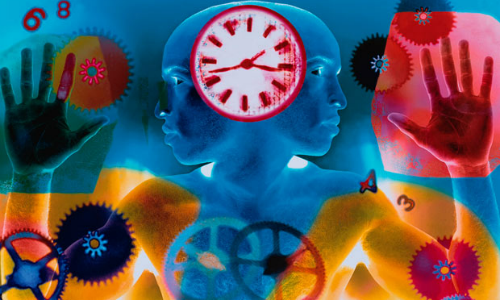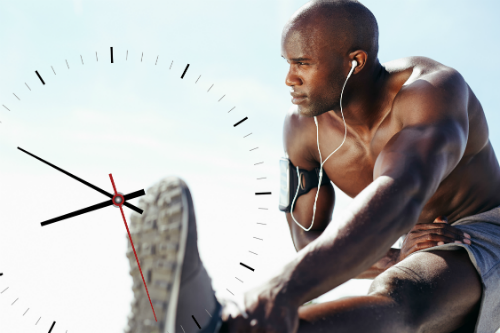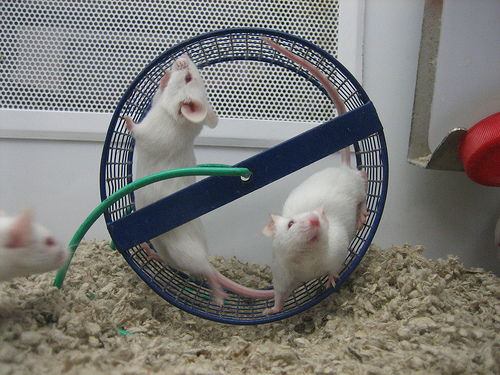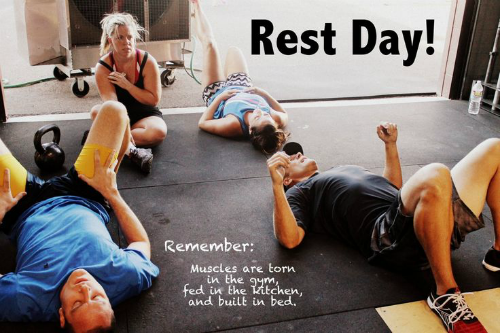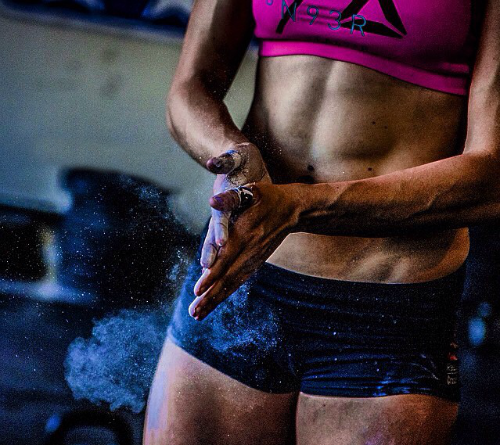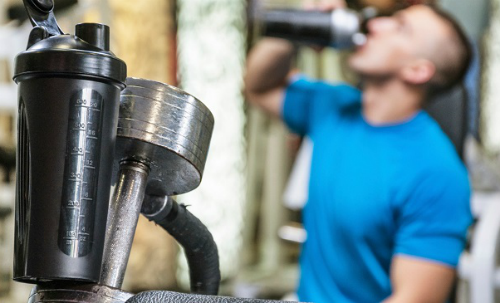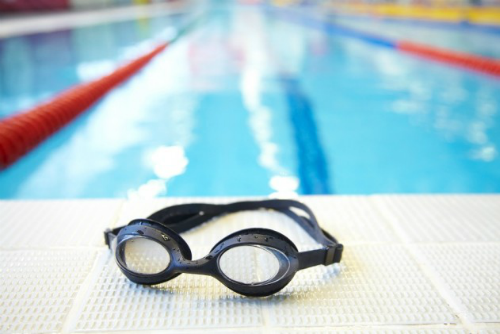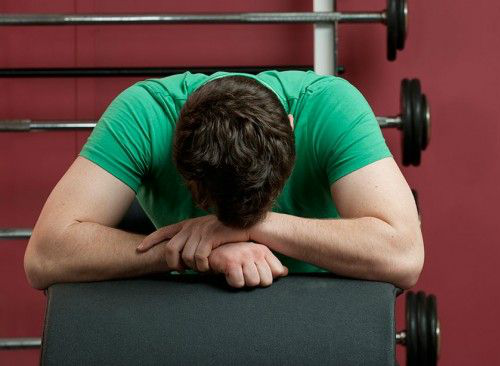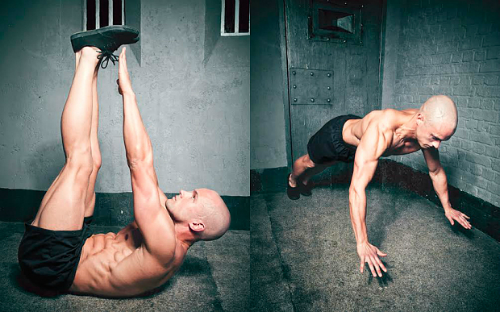What are Rhythms?
Healthy circadian rhythm is evident through the body’s ability to decide when to “move” and be “still” using its intuitions and vigorously respond to its environment based on a “memory” keeping track of its activities, researchers defined.
How does ‘Motion’ or ‘No Motion’ Affect Rhythms?
An effective body clock is one which exactly knows what it requires to maintain optimum health of the body. The built-in body clock holds rhythms which have some effect on our body. Being in motion or sedentary at odd intervals could disturb these natural rhythms, and the effect they pose on the body. This is discernible with our day-night patterns where we tend to move more during the day and become sedate as the sun goes down because our body prepares for sleep. It’s not just the sleep and wake patterns that are ruled by the rhythms, but also digestion, heartbeats, hunger, hormones, and other bodily functions.
Query 1: So, Where does Exercise Come into the Picture?
It’s when exercise positively influences your brain’s biochemistry to support the instincts of your body clock to perform towards sustaining optimum health. While young people tend to move in a more intense pattern compared to the aged, the irregularity in movement is what puts them on the downside. As people became sedentary with their desk-bound jobs, they deteriorated their “memory” and hassled their natural rhythms by moving less in general and intensively more when their rhythms suggested to be sedate.
Query 2: Does Age Affect Rhythms and Body Clock’s “Memory”?
There’s a new study that recently came up where researchers understood the change in rhythms using an experiment that tested a young and old mice. While they both followed almost a similar rhythm, which varied during the day and night, when given access to a running wheel, their rhythm went out of order when the running wheel was removed. Unlikely, they became active when they were supposed to be sedate and vice versa. This made the researchers to believe that “exercise” was the differentiating aspect and not “age”. In fact, lack of exercise caused strong deterioration.
5 Pointers to Point Out Fitness
Now that you’re satisfied with exercise being so much more than just a 1-hour workout, let’s peep into the 5 main indicators of fitness when exercising while keeping overall strength and health in mind. After all, the ultimate or core aim of exercising is fitness, no matter what goal you have set before you i.e. weight loss, stamina enhancement, etc.
I. Recovery:
Fitness followers often turn a deaf ear to what their body is trying to say – whether or not it’s really ready to hit the gym next day. You need to monitor your energy levels to see if your body is both physically and mentally prepared for the workout. Rest is the key here.
II. Balance:
Maintaining your body’s equilibrium through ideal structural health is second on the list to ensure lasting results and longevity. E.g., balancing your abs with lower back exercises, each leg (left and right) with single leg exercises, etc.
III. Recompense:
If you’re putting your body to intense workout then it’s your duty to recompense for it with adequate hydration and more nutrients and minerals. Otherwise, you’ll fall short of the raw materials required to sustain your body for training and recovery.
IV. Activeness:
This particularly applies to rest days when you’re trying to recover. It is recommended to commit to some or the other activity during your rest days to better recover from harder sessions. E.g., soft tissue work, recovery swim, or light jog.
V. Change:
Yes, change is necessary. Following the same fitness program for months cannot yield the expected outcomes. It’s so very important to cycle your program and bring in different schedules to support change and variety. E.g., 3 weeks of strength program followed by 3 weeks of cardio or 1 week of light fitness training in a month.
Fitness Inspiration from an Ex-Prisoner and Gym Trainer
Ladies and gentlemen, introducing to you L J Flanders, one of the great inspirations of fitness and dedication alike, who made his prison cell an exercising space. “I wasn’t a gym goer before I went to prison. I’d say I was ‘football fit’ really, playing a couple of times a week. I was 21 when I went inside. It was daunting and I knew I didn’t want to come back.”
L J, now 25, has hopped on to a vocation as a freelance personal trainer for Virgin Active. “Now I just hope in some way it can help other prisoners on theirs,” said he. The ex-prisoner’s journey to a fitness guru was nowhere close to the conventional way. However, the favorable outcome of being locked up in a 8 ft x 6 ft cell is for a lifetime for the champion. “But there are only so many standard press-ups or sit-ups a person can do in a room that’s eight feet by six feet without getting bored or hitting a plateau.”
The never-lose attitude of this man and his earnest desire to help fellow prisoners probably would have inspired him to write his popular book The Cell Workout. Whilst spending 23 hours a day in his cell, Flanders studied exercises for each body part and decided to put pen to paper describing (with diagrams) the various types of exercises anybody could do in a room without using the Smith machines or kettlebells. And, the end result is now in front of the whole world.
What an inspiration! You would most likely be in a better position than L J right now, but are you making the best use of it? Think about it.
